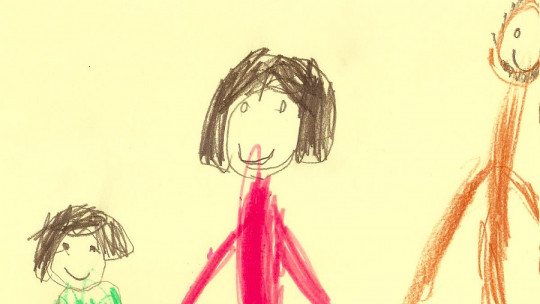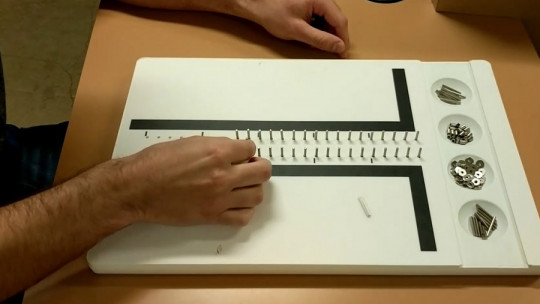
Language is a tool that allows us to communicate, express our desires and opinions, as well as describe reality. Therefore, its evaluation is of vital importance, especially in childhood and in those cases where it may be altered.
Here We will know the Renzi and Vignolo Test Token, a test that evaluates a very specific but fundamental function, verbal comprehension or receptive language. In addition, it also allows us to evaluate other cognitive aspects, as we will see later.
Renzi and Vignolo Token Test: Features
The Test Token was developed by Ennio De Renzi and Luigi Vignolo in 1962. In 1979 it was adapted and standardized. On the other hand, De Renzi and Faglioni made a brief version in 1978 with 36 items.
Is about a test widely used in clinical practice and research to explore verbal understanding of orders of increasing complexity. This is due to its easy administration, application, correction and analysis, and its high sensitivity to detect linguistic difficulties in various pathologies. Furthermore, its design is quite simple. It is applied to ages between 6 years and 11 years and 11 months.
Initially, in 1962, the Test Token was introduced in Italian by De Renzi and Vignolo as an instrument that detects mild receptive language alterations in aphasics
Structure
The Renzi and Vignolo token test consists of 20 tokens or tokens of five colors (red, blue, green, yellow, white), two shapes (circles, squares) and two sizes (large, small), which are manipulated by the subject according to the verbal commands of the examiner The examiner will read each command while the subject tries to comply with it.
They are organized into 5 sections of instructions, arranged in a degree of increasing complexity according to the number of operations necessary to solve the task. In total there are 62 orders/instructions.
Functions that evaluate
Its progressive application allows us to determine, based on the subject’s responses, the presence or absence of certain cognitive functions, but fundamentally evaluates receptive language (comprehension) It can also detect the presence of some functional or organic pathology (always according to the experience and knowledge of the evaluator).
On the other hand, the Renzi and Vignolo Token Test can be useful to assess aspects of other cognitive areas such as the integrity of working memory, or other functions such as immediate memory, short-term and remote memory, relational thinking. , object stability and others.
The basic characteristic of Renzi and Vignolo’s Token test is that understanding each word of the verbal order is essential to complete the task That is, the progression is not repetitive, since each instruction requires being decoded correctly to execute it.
Application
During the application of the test, the tested subject should not fix his eyes on the examiner’s lips. On the other hand, before passing the test, The examiner must determine if the person knows the colors to be used, as well as the shapes
The examiner must explain to the subject that he or she will be asked to perform different activities with the tokens. In addition, he must listen well because he will ask you for each activity only once. Finally, he will ask if he is ready to start.
As we have seen, the test is made up of 5 parts; If the examinee makes 8 errors in the first part, the test is suspended. If he does not do them, the 5 parts are administered. All items receive a correct (+) or incorrect (-) score.
Material
The material that makes up the Test token De Renzi and Vignolo is: the application and interpretation manual, a set of 20 wooden chips, a work booklet, a block of protocols, sets of response and stimulus cards, and recording sheets.
Uses in clinical and educational practice
The Renzi and Vignolo Token Test can be used as a general orientation test, but also, and depending on the examiner’s experience, as a complementary use with other more specific and in-depth tests of linguistic functions, as well as for other objectives (if the examiner has sufficient experience).








